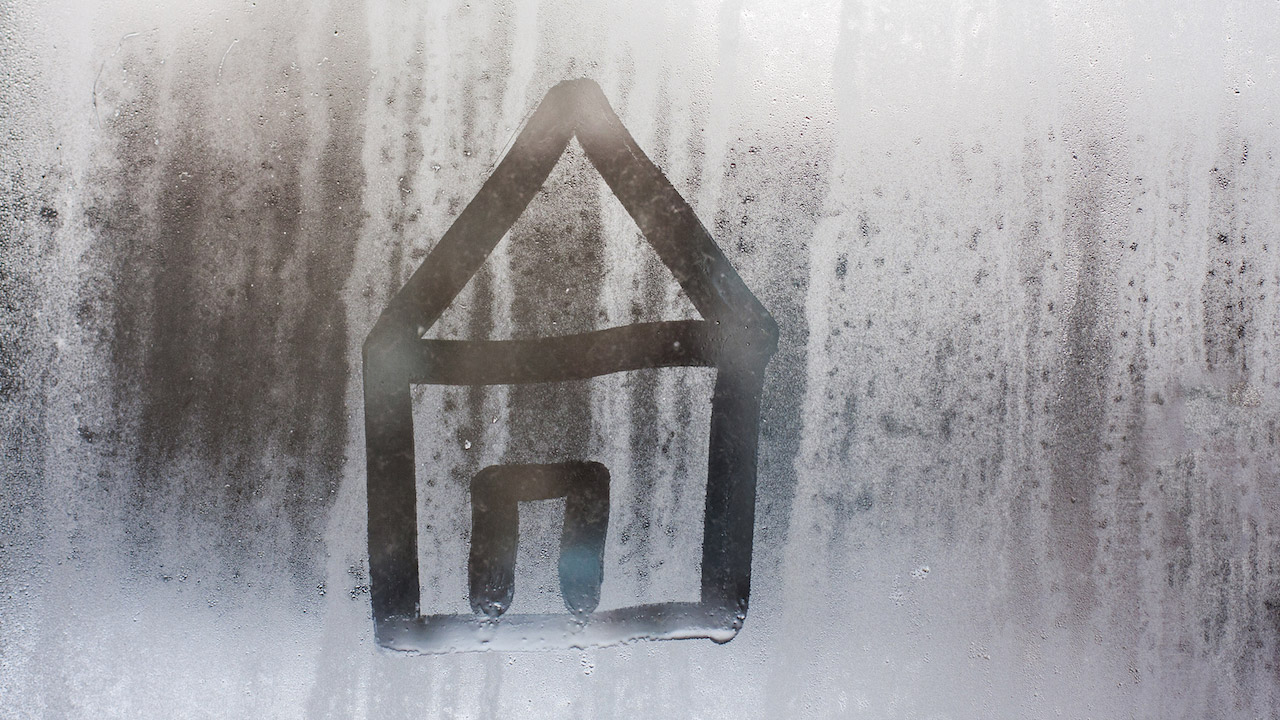
Even the slightest bit of condensation built up in your home’s crawlspace can wreak havoc on your enter home. Water that’s allowed to sit for extended periods of time can cause a whole slew of problems in your home, including musty smells, efflorescence (crystalline deposits), rotting material, mold, and a cracked foundation.
While condensation can be the result of a variety of factors, the more common causes include leaks in water lines, leaks in plumbing pipes, inadequate vent space, inadequate cross ventilation, air leakage in the ductwork, lack of plastic ground cover within the crawlspace, and water that is allowed to pool around the perimeter of the home as a result of poor drainage and ground sloping.
How Can You Prevent the Build Up of Moisture in Your Crawlspace?
Once moisture has been able to sit in a crawlspace for long enough, it can quickly cause damage that is difficult and expensive to rectify. As such, it’s important to take measures to prevent the build up of condensation in your home’s crawlspace to minimize any issues that may arise as a result.
Here are some steps you can take to curb the condensation develop in your home’s crawlspace.
Drain Water Away From Your Home
You need to have an adequate sloping outside of your home in order to ensure that water can adequately drain away from the foundation. If water is allowed to pool around the perimeter of the structure, it could easily seep into the home and make its way to the crawlspace. Ideally, the soil outside of the foundation should slope one-tenth of an inch per foot.
Install Rain Gutters
If your home has no rain gutters, rainwater will pool at the foundation walls and wind up in the crawlspace. Once you install gutters, they should be kept free and clear of any leaves or other debris in order to avoid any blockages or gushing of rainwater.
Install a Vapor Barrier
If your crawlspace is damp, this excess moisture can condense and ultimately cause the framing of the floor to become damp. After a while, the framing will develop mold and efflorescence, and start to rot. Installing a vapor barrier with a layer of sheet plastic on top of the soil in the crawlspace can help prevent this damage to the floor framing.
Improve Ventilation
Both passive and active ventilation are helpful at ensuring your crawlspace remains void of condensation. Passive ventilation, such as foundation vents and windows, does not require the use of mechanical equipment, while active ventilation involves the use of such mechanical equipment, including exhaust fans.
Inspect the Ductwork For Air Leaks
Condensation can develop on the outside of ducts when the air conditioner is running. Inspect your ductwork on occasion for any air leaks – if you notice any, have them repaired right away.
Add More Vent Space
If there isn’t enough vent space, you are setting up the area to develop condensation. Ideally, there should be a minimum of one square foot of vent area for every 150 square feet.
Add fan vents. A small fan installed on the vents can help remove moisture from your crawl space. Make sure the fan’s humidistat is programmed to turn the fan on at 70% relative humidity in order to work effectively.
The Bottom Line
Moisture build up in your crawlspace is not just a structural issue in your home – it’s also a health concern. In addition to costing you a pretty penny to make repairs from damage caused by condensation, the mold that can develop as a result of this excess moisture can also be harmful to your health if inhaled over a long period of time. Your best bet is to identify issues before they become expensive, hazardous problems.